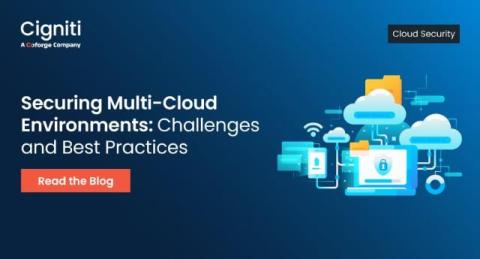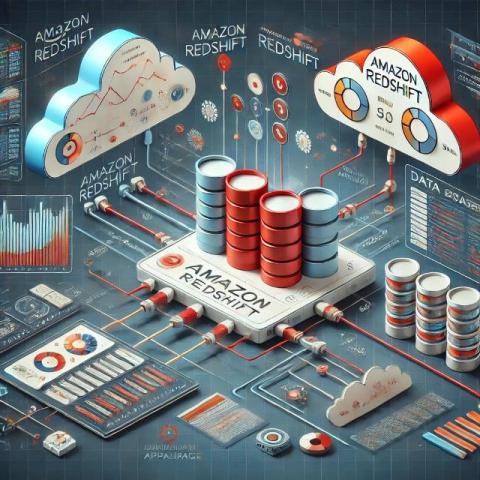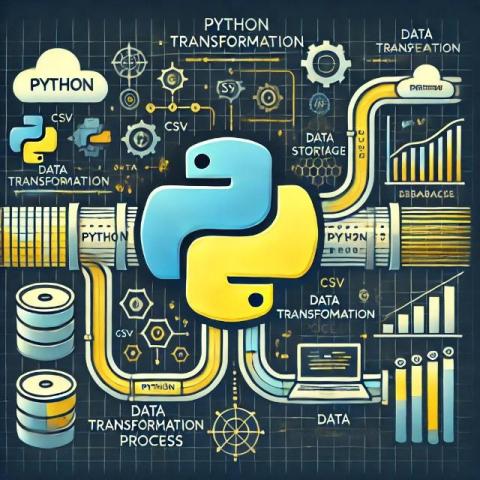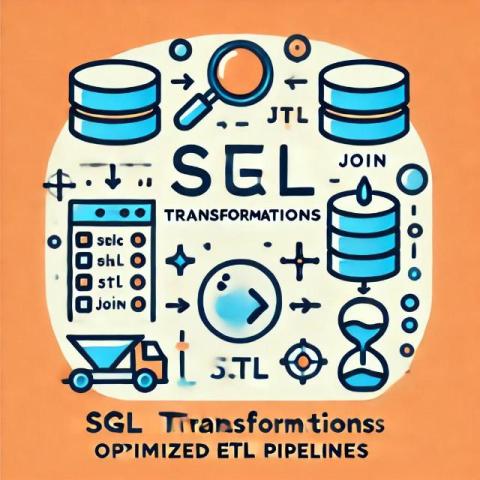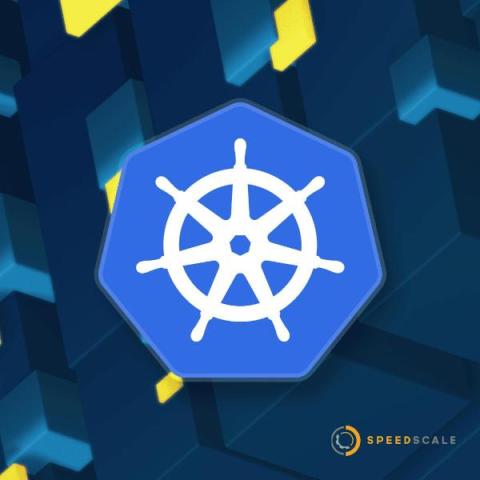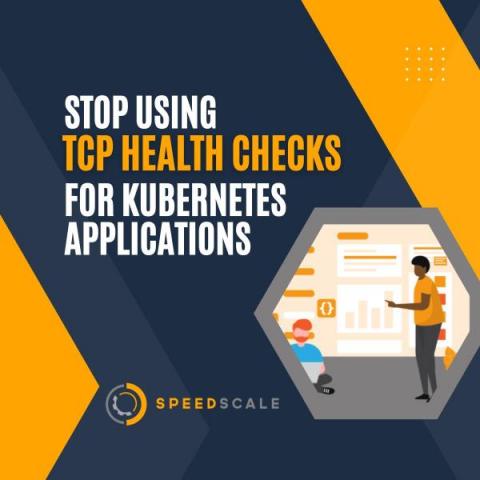Securing Multi-Cloud Environments: Challenges and Best Practices
The adoption of multi-cloud environments has increased as businesses recognize their numerous advantages. A company is considered multi-cloud when it leverages cloud services from two or more providers for its applications and operations. Unlike a single-cloud setup, multi-cloud systems often involve the integration of both private and public clouds or a combination of the two.


